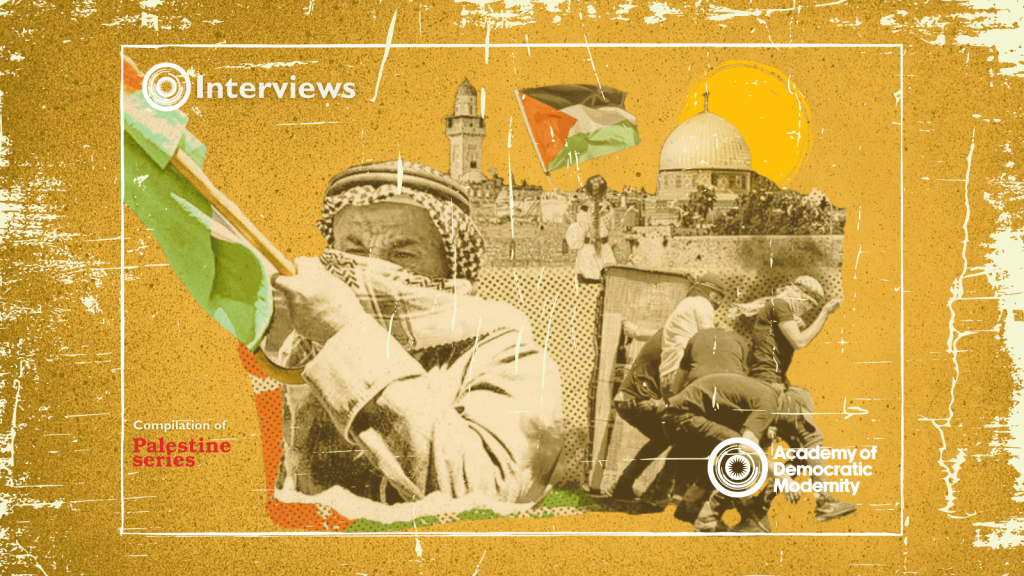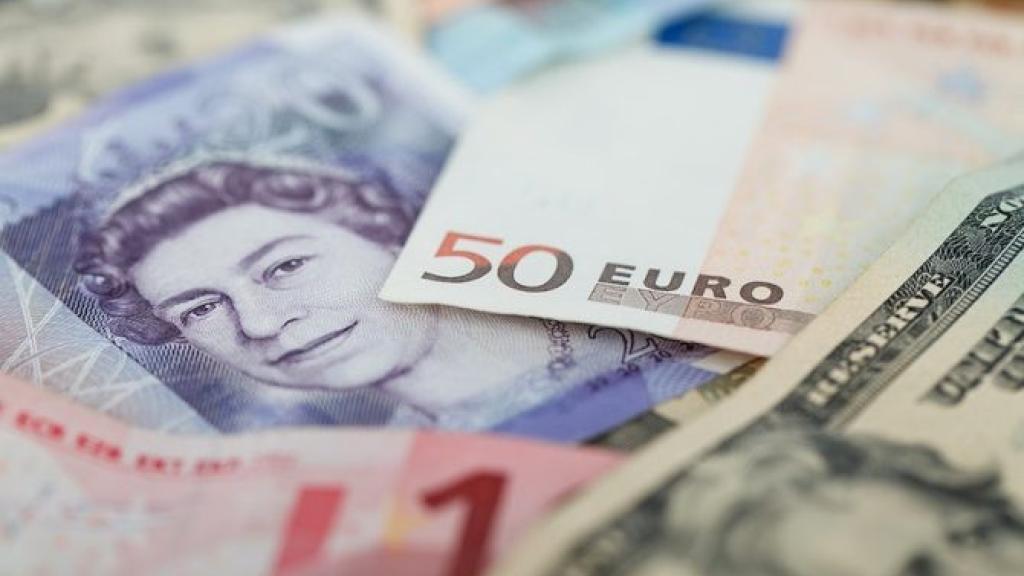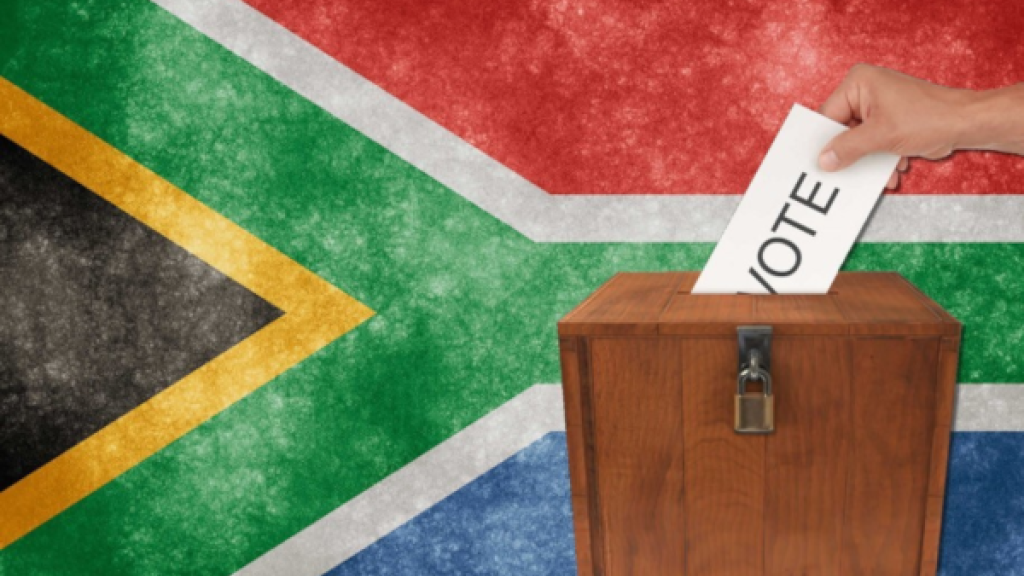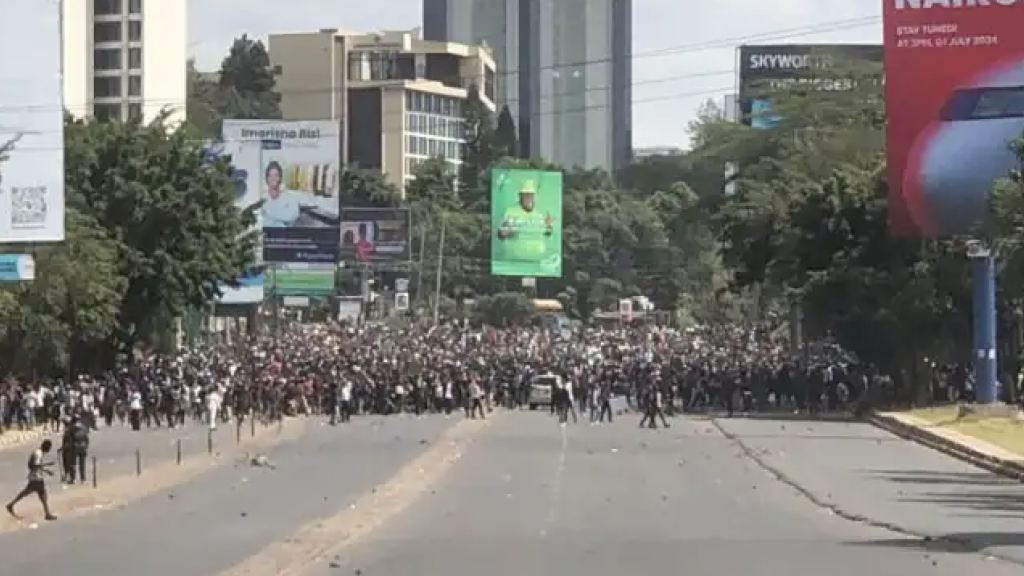Murad Gattal
Ahmed Rahmanov
Togrul Veliyev
Ahmed Mammadli
25 June, 2024
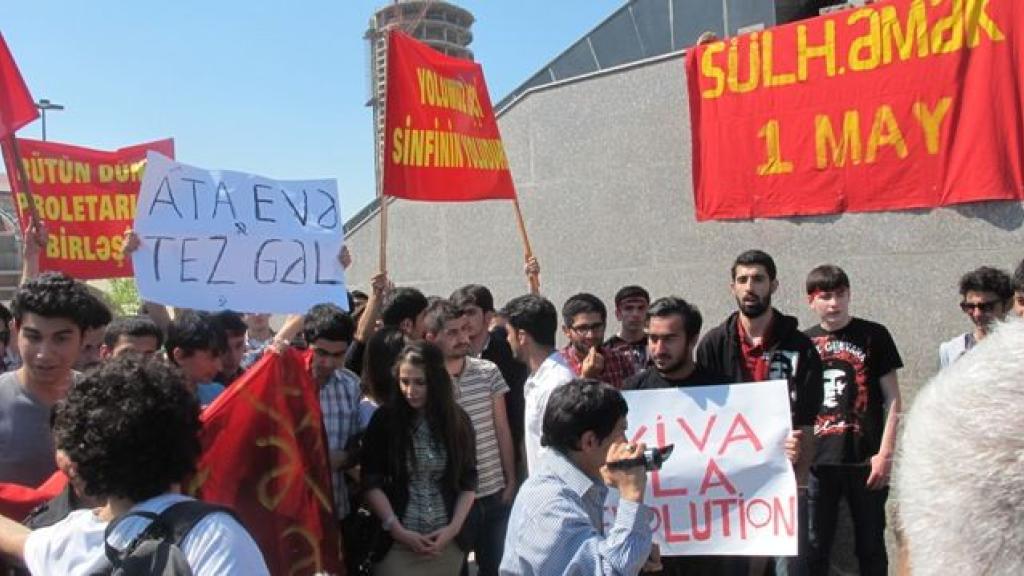
First published at September.
In February 2024, Ilham Aliyev won the early presidential election in Azerbaijan with 92.12% of the votes, having been elected to the Presidency for the fifth consecutive time. With parliamentary and municipal elections scheduled later this year, there is little doubt that the victory of the ruling party and pro-government independent candidates will be equally decisive.
The authoritarian regime, which has been established in Azerbaijan and which reached its apogee after the victory in the Second Karabakh War, hardly leaves any room for the emergence of a political alternative. It is getting increasingly difficult to voice criticism: there are practically no independent radio and TV channels, newspapers, and magazines left, and all opposition press has moved online. Moreover, not only have an alarming number of journalists employed at independent internet media been detained since November 2023 but also the World Press Freedom Index, which was recently published by Reporters Without Borders, ranked Azerbaijan as 164th out of 180 states and territories, thus marking its drop by 13 positions in comparison to the previous year. Azerbaijan also consistently ranks low in international rankings that evaluate countries based on such factors as human freedom (126th), perceived corruption (154th), and LGBT equality (134th). Moreover, Azerbaijan scored 0 out of 40 possible points in the 2024 Freedom House report about the state of political freedoms in the country. As the number of political prisoners rose to 288 people in March, Azerbaijan faced the threat of being withdrawn from the Council of Europe due to suppression of freedom and human rights violations in the country. Nevertheless, Azerbaijan ranks relatively high in the economic freedoms index (having been ranked as 70 out of 184). Moreover, Azerbaijan was ranked 34th in the ease of doing business, according to the 2020 report by Doing Business.
We talked to trade union activist Ahmed Rahmanov, economist Togrul Veliyev, and ex-chairman of the Democracy 1918 movement Ahmed Mammadli about the current state of freedoms in Azerbaijan, participation of the left in public politics, opportunities to advocate for the rights of the oppressed, as well as prospects of the left movement in the country.
What is currently going on with Azerbaijani society and what role does the left play in it?
Togrul Veliyev: Back in 2019, several telling signs made us think that Azerbaijan was undergoing liberalization. First, several independent candidates won the municipal elections and some of them were even elected as heads of municipalities. Moreover, whenever participants in unauthorized protests were detained, they were released after a few hours rather than jailed. In general, the election campaign for the 2020 parliamentary election allowed for many things that were usually regarded as nearly impossible, including meeting with voters, rallies, and marches. Nothing like this is possible today. The authorities have even decided to alter the municipal legislation in order to prevent the opposition’s elected members from having any political influence. In addition to the pressure exerted by the state, another problem is that no one in the so-called ‘public sector’ has ever sought community support. That is, for instance, no one has ever attempted to rely on funding through donations instead of grants. All Azerbaijani political movements, both on the left and elsewhere, boil down to discussions at coffee shops and are, therefore, completely out of touch with the masses. Their members are educated people who enjoy arguing about Che Guevara or Stalin but have no idea about what interests the majority of people. Essentially, the ‘public sector’ forms its own clique. They shy away from the masses: instead of providing people with explanations as to why their political vision deserves support, they dismiss people with a “that is the way it should be'' response. Naturally, when the political movements faced pressure – as, for example, in the case when the authorities shut down two hundred organizations at once – the public remained indifferent.
Ahmed Rahmanov: Azerbaijani society is actually so small that one could say that everyone is related to each other. Invariably, kinship ties prevail over common sense. As a result, it is impossible to take people to the streets, even if it is for the sake of standing up for their rights or striking. One example of this would be my attempt to organize a protest for the rights of people with disabilities in front of the Ministry of Labour and Social Protection of the Population. No sooner had we gathered than the police began calling relatives of the protesters and threatening them in an attempt to make them encourage the protesters to leave. And it works. It's the same with the left. We have, for instance, small organizations that translate and publish left-wing literature. However, this is not enough to construct the left movement as a political actor. In addition, many people are simply afraid to participate in public protests: although the police turn a blind eye to nationalist or pan-Turkish rallies, taking to the streets with a red flag is a sure way to get detained. Even Russia allows holding single-person pickets, but when I held such pickets here, I immediately ended up at the police station.
Ahmed Mammadli: The social and political activity of our members regularly led us to detention and arrest. The authorities did everything in their power to make it impossible for us to hold events and sustain our organization. Eventually, in September 2023 we dissolved it. However, one must not consider this self-dissolution as an act of waiving a “white flag,” so to speak. Instead, it was a demarche designed to demonstrate the country’s lack of opportunities for political activity. We knew that repressions were going to increase, and it was only natural that the authorities began to attack independent journalists. Today the regime is becoming increasingly oppressive, and I know that, had we not dissolved our organization in early September 2023, we would have issued a statement against the special operation in Karabakh, which would have certainly led to my imprisonment. Nevertheless, our activists continue their public activities, especially those aimed at the protection and support of our comrades and trade unionists who are currently under investigation or imprisoned.
Are there any leftist parties and movements in Azerbaijan?
Left-wing ideas and movements have a long history in Azerbaijan. The leftist tradition can be traced back to the foundation of the social-democratic organization “Hummet” in 1905, which became the starting point both for the founder of the Azerbaijan Communist Party and for the first leader of the Müsavat Party. On April 28, 1920, the former took over from the latter and proclaimed the establishment of the Azerbaijan Soviet Socialist Republic, which began the Soviet period in the history of the country. However, even “Müsavat” (full name - “Muslim Democratic Equality Party”), which dominated the government of the Azerbaijan Democratic Republic (1918-1920), was initially a left-nationalist party, although it subsequently drifted to the right due to its opposition to the Soviet power as well as thanks to its coalition with Azerbaijani right-wing parties. Its political programme declared the right to an eight-hour working day, the redistribution of land to the peasants, free education, and civil liberties.
A.R.: Is there a left-wing movement in Azerbaijan today? Unlike more developed countries—that is, socially rather than economically developed—all political parties in Azerbaijan, regardless of what they claim, are guilty of dividing society instead of uniting it. They do not differ from each other in anything but name. For example, during elections, their statements boil down to the idea that it is enough to replace people in power to transform society for the better. But they don’t explain what a ‘better’ society ought to look like. Not such a long time ago there were three unofficial communist parties in Azerbaijan, all of which went by the same name. I was a member of the one headed by Telman Nurullayev, once as a Komsomol and party official. Since the mid-1990s, these parties have achieved nothing and had no intentions of doing anything worthwhile. May Day demonstrations are pretty telling about the strength of the left movement. Personal ambitions of the leaders of these parties prevented the Azerbaijani left from uniting even on that day. Each party organized its own separate rally in different parts of the city and at different times. As a result, these ambitions prevented the parties espousing the same ideology to act collectively, which only alienated potential supporters. Recently, my comrades and I have created a Marxist society that got some attention from young people who reached out to us. However, it is not only reading the classics that they want. They are waiting for action, and it is something we cannot offer.
A.M.: Our Democracy 1918 movement was founded in 2013 as a centre-right movement, but with the coming of a new team in 2021 it adopted more left-wing positions. Social liberalism and democratic socialism became an integral part of our platform. It so happened that in Azerbaijan many opposition organizations have no ideology. Instead, they try to attract people of all political persuasions and all walks of life. That is, they attempt to be what one calls a “big tent,” uniting all those who are dissatisfied with the current regime. In the aftermath of the Azerbaijani independence, left-wing ideas, which were associated with the Soviet past and the Russian occupation, were unpopular. However, today more and more young people are interested in the concept of social justice. Among those who approached us were even those who had never been involved in politics before. We sought support from two traditional categories of left-wing sympathisers—the working class and the intelligentsia, including students, artists, and people of liberal professions.
T.V.: Around 60 per cent of public activists consider themselves left-wing. Of course, it must be noted that this is a rather wide category, including both Stalinists and left-wing liberals. Moreover, many of them have a shallow and simplistic understanding of ideologies. I was an activist as far back as my student years but only became involved in politics in 2015 when I joined the ReAl party.
[ReAl (“Republican Alternative Party”) is a political party in Azerbaijan that was established in 2009 as a political movement and transformed into a party in 2014. It was founded in the aftermath of a referendum that amended the constitutional law concerning the number of terms, for which a person can be re-elected as president.“ The founders of the party saw this as the destruction of the republic and set out to restore it. The party’s leader Ilgar Mammadov, who wanted to run in the 2013 presidential elections but was sentenced to seven years in prison for organizing mass riots, was released in 2018 and acquitted by the Supreme Court in 2020. That same year the ReAl Party was officially registered as a political party, and its representative Erkin Gadirlu was elected to the Parliament. Since then, the party hardly does anything in opposition to the current regime.]
It was a centrist party back then, but it was open to people with different political views. There were many leftists in it. Being a member of the party allowed me to participate in political life and develop my ideas and projects. Among other things, I served as an election observer, collected signatures, and prepared documents concerning social issues. One of the most important things that I did was to introduce into the party’s programme a demand to lower the retirement age. In 2019, however, the party leadership adopted pro-government positions. As a result, I felt obliged to leave the party. In the same year, Bayram Mammadov was released from prison by an official pardon. Some left-wing activists, including myself, began to gather around him. We considered ourselves Marxists. At that time, the left movement was scattered, and people worked in various small media and public organizations. There were about 10-15 people in our group.
[Qiyas Ibrahimov and Bayram Mammadov, known as “prisoners of the monument,” were left-wing students. In 2016, they graffitied anti-government slogans on a monument to Heydar Aliyev, the former President and father of President Ilham Aliyev. They were arrested for drug possession and imprisoned for 10 years. They were pardoned in March 2019. Bayram was found dead in Istanbul on the 4th of May, 2021. Qiyas continues to be politically active.]
We decided to participate in the parliamentary elections, which was possible due to the relative liberalization of the regime. Eventually, we put our efforts into one constituency, where I was nominated as a candidate. Our election campaign was very dynamic—perhaps the most dynamic in the country. At the peak of the campaign, our team consisted of 70 people. This could potentially transform into a full-fledged political movement. Our goal was not to win but rather to campaign and attract supporters. Nevertheless, our defeat, especially given that we demonstrated good results, left our activists disappointed. When in 2020 the pandemic led to the imposition of quarantine, it became impossible not just to hold public and personal meetings but to continue any kind of activism at all. As a result, many people lost interest and returned to their everyday lives. The final split that divided the left occurred over the issue of a military solution to the Karabakh conflict. Many activists supported the war: some voluntarily went to the front, and some even adopted nationalist positions.
What is the current state of the trade union movement?
This year marks the 120th anniversary of the trade union movement in Azerbaijan as well as its first and one of the most important victories—namely, the conclusion of a collective agreement between oil producers and field workers in 1904. This document, which went under the name of the “Mazut Constitution,” was the first collective agreement in the Russian Empire. Currently, Azerbaijan has relatively liberal legislation on trade unions and strikes, but in reality, it has no power. The Confederation of Independent Trade Unions, which unites nearly 30 industry unions, is independent in name only. In essence, however, just like in Soviet times, it is a bureaucratic organization closely cooperating with the administration of enterprises. Strikes happen mostly spontaneously, without any organization, and attempts to create genuinely militant independent trade unions are suppressed.
A.M.: Two years ago we participated in the establishment of an independent trade union confederation that we named “Worker's Table.” Its purpose was to protect the workers’ labour rights. The couriers union, which was part of it, protested against low pay and bad working conditions. Eventually, its leaders were arrested on unfair charges. As activists, we are now fighting for their release and the continuation of trade union work. We also consider it important to protect the rights of ethnic minorities, religious groups, and LGBTIQ+ people. Our organization introduced gender quotas so that at least one-fourth of the seats in the decision-making bodies are reserved for women. I consider this a correct approach.
T.V.: There was an attempt to create a delivery couriers’ union, but I only know about it from activists and not from the couriers themselves. The latter were practically unaware of it, as no one conducted any activities aimed specifically at them. My colleagues and I interviewed 200 couriers and only a few of them knew about the union. Personally, I don’t believe that unions can be organized on a “top-down” basis. It would be much harder to destroy a truly mass organization if the demand for a trade union had emerged from below.
A.R.: The Free Trade Union, founded by my comrades and myself, is not a classical trade union, but rather a public organization for the protection of workers' rights. The idea is that it is almost impossible to organize workers into a trade union, just like it is difficult for them to organize themselves into a union. For example, British Petroleum (BP), a British oil company operating in Azerbaijan, had a special system to prevent the workers from organizing for the collective defence of their rights: the company used to create temporary brigades at its sites, which were disbanded after certain periods and reshuffled. However, once the company could see that the workers didn't even try to organize, it discontinued this practice. The Free Trade Union helps people to solve problems with employers. However, we can only provide individual assistance rather than organize people for collective action.
Is political transformation possible in Azerbaijan?
Just a few years ago, the Azerbaijani left was moderately optimistic about the future. Today, however, they have a darker vision of the possibility of positive changes in the country and the movement.
T.V.: There is certainly a demand for left-wing ideas. For example, videos on social media, which depict social problems, gain a huge number of views. In fact, social issues interest people the most. This does not mean, however, that one can follow the same principles that activists did at the beginning of the 20th century. Although the left often suffers from this approach, it is necessary to study the current structure of society in order to understand what our times require.
Today, with the arrests and all other things happening in Azerbaijan, I am pessimistic about the future. Some changes will occur if there is a considerable economic crisis, as it would lead to a social explosion. However, the ‘public sector’ and political movements are not ready for it. It must be admitted that the government, on the contrary, does its best to maintain its stability and avoid escalation. For example, although the environmental protests in the village of Söyüdlü were suppressed in a very harsh manner, in their aftermath officials in other regions started to pay more attention to the interests of local communities.
A.R.: There is no left-wing movement in Azerbaijan and, most likely, there won’t be one. If we had not had Russians, Armenians, Jews—that is, a mixed group—working in oil fields in 1920, we would not have had a revolution. Despite 70 years of Soviet power, the most important thing in our people's lives is their families, and this makes it easy to pressure anyone. That's the end of the story. Moreover, our people are ready to stand up for justice for themselves (and their families), but not for justice for others. This individualism and lack of solidarity make both the collective defence of one’s rights and political action impossible. In order to change something in the country, be it in accordance with left-wing ideals or other principles, we need an impulse from the outside. Generally speaking, people from another country or maybe from another planet must come and light the fire of change.
A.M.: Although I am not a communist, I believe that nothing but a revolution can change Azerbaijan for the better. Reforms are not enough.
Translation: Vladlena Zabolotskaya
